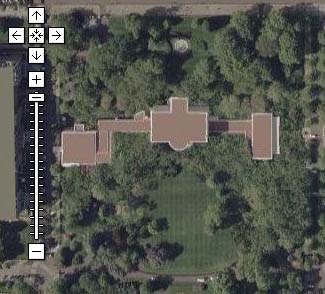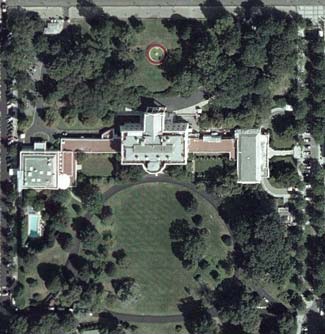Nature has published a mammoth avian flu database as a KML network link. It’s easier to let Declan Butler, the reporter at Nature who built it, explain (which he does on his blog):
Nature has a Google Earth map of avian flu outbreaks online tonight. The visualization of avian flu outbreaks is the first online map, to my knowledge, of each of the more than 1800 individual outbreaks of avian flu in birds that have been reported over the past two years. It also provides a geographical overview of confirmed human cases of infection with the H5N1 influenza virus. The network link is available here and on the GE forum, here.
Declan spends the rest of his post outlining his methodology and sources. He also links to other avian flu maps.
The contents of Nature‘s avian flu network link are byzantine. In addition to their obvious medical and educational benefits, they show up two things about Google Earth: The application’s strengths, and the application’s current limitations.
The strengths are clear: Google Earth was built to visualize exactly this kind of data, and the way network links work ensures that the data stays up-to-date on every installation that has it.
The limitations are as follows. One of them Declan also notes: The Places panel’s nested folder GUI model overwhelms the user when a dataset gets to be this large. In fact, it overwhelms if you simply have too many network links and placemarks listed, whether they’re activated or not. Nested folders worked as a navigation tool when only a few datasets were on offer. But KML is taking off like wildfire. Imagine trying to surf the web by using only the links in your nested bookmark folders in your browser — no following hyperlinks to other sites allowed. You could for a while, but you’d go mad quite quickly.
The solution, I think, is that the Places panel needs to be complemented by an interactive browser window, in which such information can be portrayed more intuitively. We’ve recently had a taste of what that can be like. I think it’s the way to go. The Places folder will then become the equivalent of the bookmarks pane in web browsers: Useful, but not the focus of navigation.
The second limitation is that Declan’s data is screaming for time-line based display: the incidents of avian flu come with dates, so they should be showable in succession, adding an entire dimension to the publishing of the data. Google Earth can’t do that. Yet.
But it might soon. There are undocumented KML tags that allow for date- and time-stamping, and Google CTO Michael Jones has already displayed a prototype of a “time browser” for Google Earth. When that gets added to a future version of Google Earth, Declan will be able to use it simply by retagging data he already has in his database. It will make for quite a showcase:-)

